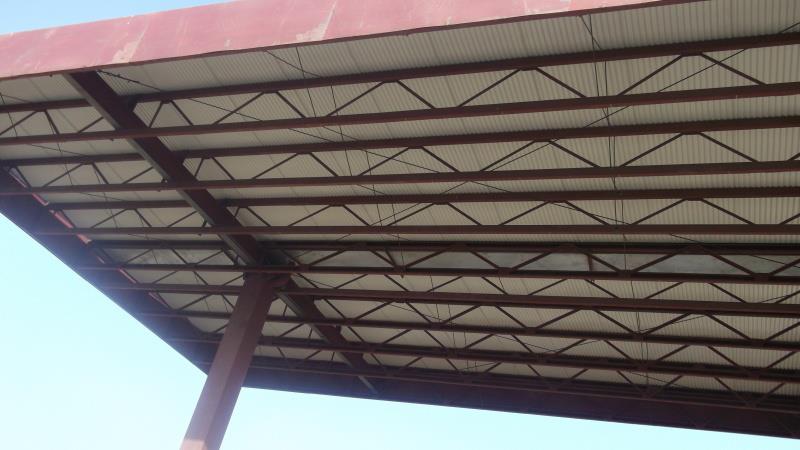CNG Transportation

COMPRESSED NATURAL GAS TRANSPORTATION
Excellent Services Bulk CNG Transport Presentation
CNG FACTS AND INFORMATION
CNG is natural gas (NG) compressed for the purpose of simplified transport and storage.
Bulk CNG transport technology is not new, it is well-proven – CNG has been successfully transported on land by road-trailer (trucking) for over thirty years. The upscaled application of proven CNG technology to a marine (shipping) transport system is new.
For storage and transporting, natural gas is compressed into special tanks, gas containment tanks (GCTs) normally to a pressure of 200 to 250 bar or 2900 to 3600 psi. The NG capacity of a GCT, termed in standard cubic feet (scf) or metres (scm), depends on the volume of the GCT, working pressure, temperature and composition of the NG. GCTs are mainly cylindrical and vary in diameter and length and can be made of steel or lighter-weight composite materials – one technology uses coiled small diameter pipe for marine transportation.
Feedstock gas for compression can be sourced from a natural gas field (onshore or offshore), an existing natural gas transmission pipeline (PLG), a coal mine as coal-seam-gas (CSG) or coal-seam-methane (CSM), biogas and also can be from flared gas.
Pressurized Natural Gas (PNG) is another term for CNG.
CNG LAND – ROAD AND RAIL TRANSPORTATION
Land CNG transportation includes both road and rail projects.
A bulk CNG road delivery system is considered best suited for short range projects, normally under 200km one-way, with continuous end unloading supply and low storage requirements. A CNG project system is normally designed around the main criteria of annual and daily volume of NG required and route distance.
A total CNG supply chain system comprises: loading compression station, trucking for haulage of the CNG trailers (CNGTs), and the market unloading decompression (pressure letdown and flow control) station. All projects are different in system requirements, for a specific project the system is modelled and designed from case study.
CNG can be transported in ISO CNG-Skids (CNGSs) by either road or rail either in a separate or combined (intermodal) project. CNGSs have a cartridge cluster of cylinder gas containment tanks or GCTs (tubes) that can be of varying size and volume and NG capacity. A standard type of CNGS is 40’ (12.2m) with a NG capacity of between 4,000 scm and 10,000 scm.
For road transport, the CNG-Skids are ISO containers that can be fitted onto an ISO trailer-chassis, combining to make an ISO CNG-Trailer (CNGT). A CNGT can have a NG capacity of up to 350,000 scf or 10,000 scm (365 GJ energy) at ambient temperature. A CNGT is sometimes referred to as a tube-trailer. The CNGT can double as both transport and storage. A road train of a three CNGT combination can carry a gross payload around 1,050,000 scf (30,000 scm) or 1,100 GJ of energy.
As previously mentioned, the CNG-Skid can also be installed inside an ISO shipping container (CNG Container) which can be chilled down to –40F using a special (non-mechanical) liquid CO2 (LCO2) fuelled refrigeration (proprietary) system. This unique Chilled CNG Container (developed by CNGI) has the ability to increase a CNG Container payload by up to 30% from ambient temperature. Using light-weight CNG cylinder technology inside the 45ft Chilled CNG Container, a gross payload of 460,000 scf (13,000 scm) is achievable = maximising payload. The Chilled CNG Container at a total gross weight of 65,000 lbs or 29,500 kg is specially designed for intermodal transportation, particularly suited for road application. A road-train of three Chilled CNG Containers (if regulations allow like in Australia on certain road routes) has a combined gross payload capacity capability of up to 1,380,000 scf (39,000 scm) or 1,450 GJ.
For rail transport, the ambient CNG-Skids or Chilled CNG Containers are loaded direct onto the flatbed railcar and can be double-stacked thus, in this case, one flatbed can carry up to 700,000 scf / 20,000 scm (ambient) or 920,000 scf / 26,000 scm (chilled). CNG-Skids can also be used as fuel tanks for providing NG for dual-fuel (gas-diesel) converted locomotives.

